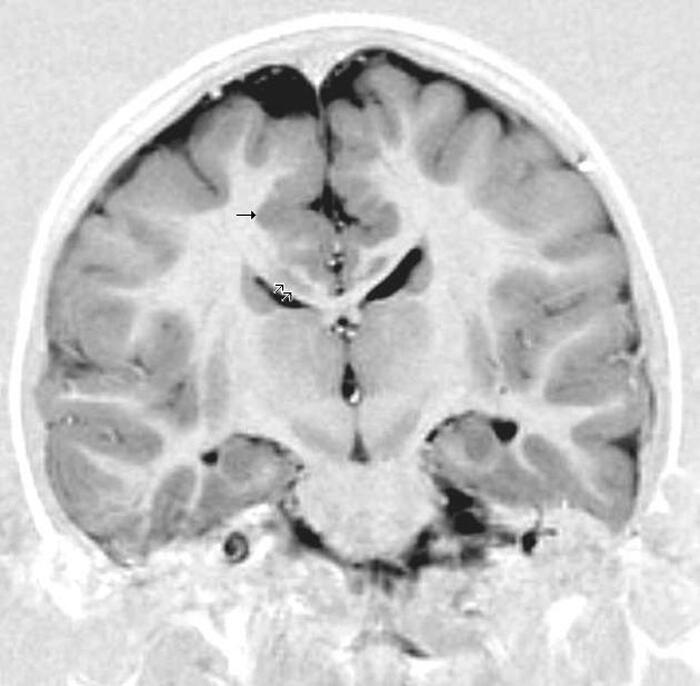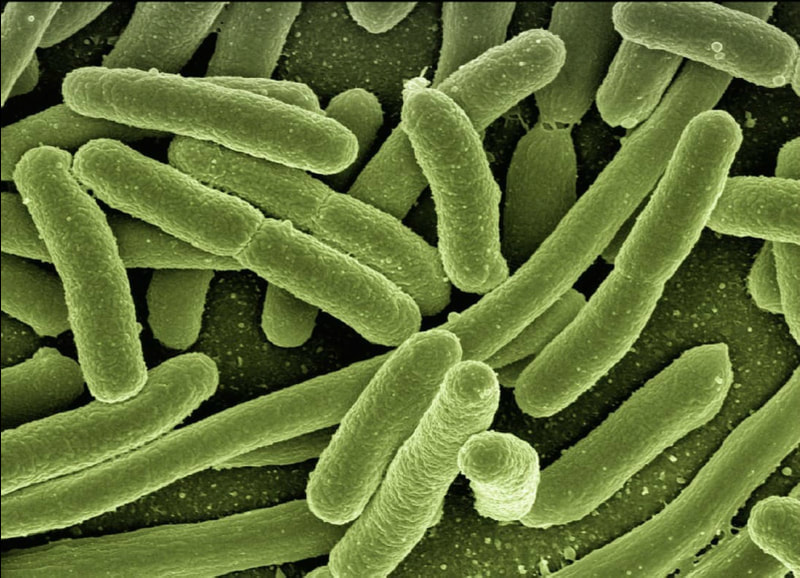Why Smoking Marijuana Can Be Bad For Your Brain
What many people do not realize is how common the use of marijuana is. Smoking marijuana is extremely common among the adolescent population, especially across college campuses. In fact, marijuana is the most commonly used drug in the United States by both teens and adults.
The increasingly prevalent use of marijuana has inspired Catherine Orr, a researcher and lecturer in the department of psychological sciences at Swinburne University of Technology in Australia, to study the effects of this drug. Orr conducted a study in which she gathered teens from Ireland, France, England, and Germany aged 14 to study the effects on the brain as a result of marijuana use. The teens were a mix of occasional smokers and non-smokers. The team did its best to focus solely on marijuana use as the researchers controlled for other factors that can affect the brain such as cigarette smoking and alcohol use.
The study yielded interesting results. Researchers found that the teens who had reported smoking marijuana, even once or twice, had increased amounts of gray matter in their brains compared with those who had not. Gray matter is composed of glial cells that provide energy and nutrients to neurons. It is mostly found on the cortex, or surface, of the brain and at the core of the spinal cord.
The increasingly prevalent use of marijuana has inspired Catherine Orr, a researcher and lecturer in the department of psychological sciences at Swinburne University of Technology in Australia, to study the effects of this drug. Orr conducted a study in which she gathered teens from Ireland, France, England, and Germany aged 14 to study the effects on the brain as a result of marijuana use. The teens were a mix of occasional smokers and non-smokers. The team did its best to focus solely on marijuana use as the researchers controlled for other factors that can affect the brain such as cigarette smoking and alcohol use.
The study yielded interesting results. Researchers found that the teens who had reported smoking marijuana, even once or twice, had increased amounts of gray matter in their brains compared with those who had not. Gray matter is composed of glial cells that provide energy and nutrients to neurons. It is mostly found on the cortex, or surface, of the brain and at the core of the spinal cord.
While increased gray matter may not sound like harmful effect, it actually can be. During a person’s early 20s, the brain undergoes a process called pruning. In this process, the brain increases the amount of white matter by taking away small regions of gray matter. The increase of white matter builds more connections and makes the brain more complex as white matter is associated with neurons, called axons, that help connect cells to each other. In essence, this makes the brain more efficient, as unnecessary and repeated components of gray matter are taken out. Hence, by increasing the amount of gray matter through marijuana use, this whole process is disrupted and interrupts the normal growth and development of the brain.
Moreover, these effects can not only be seen through imaging tests, but also can be seen in the individual’s performance on mental tests. Researchers found that increased gray matter levels were associated with lower reasoning skills and longer amounts of time to complete tasks.
This research is just the beginning of what else is left to be found. It is still unclear if the effects found are permanent or temporary. Furthermore, since the sample size of the study was small and only targeted 14 year olds, more research is needed on larger sample sizes across a larger range of ages to produce more reproducible results.
Moreover, these effects can not only be seen through imaging tests, but also can be seen in the individual’s performance on mental tests. Researchers found that increased gray matter levels were associated with lower reasoning skills and longer amounts of time to complete tasks.
This research is just the beginning of what else is left to be found. It is still unclear if the effects found are permanent or temporary. Furthermore, since the sample size of the study was small and only targeted 14 year olds, more research is needed on larger sample sizes across a larger range of ages to produce more reproducible results.
RELATED ARTICLES
|
Vertical Divider
|
Vertical Divider
|
Vertical Divider
|






